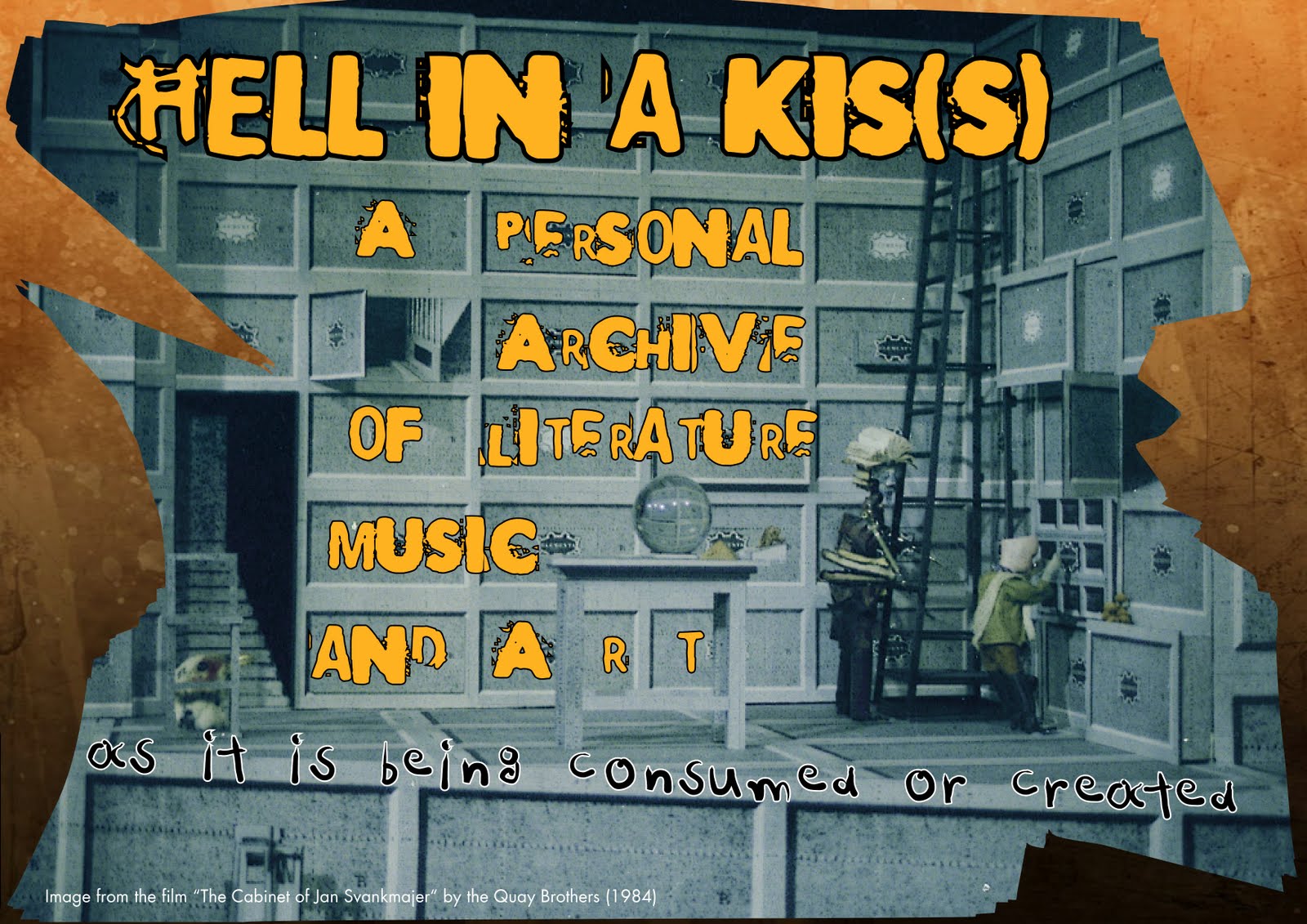
"Ribbon Bow" is a song that can be found in Karen Dalton's first album which was called "It's So Hard To Tell Who's Going To Love You The Best". I first heard of Karen Dalton from my good friend John Sortix. He made me listen to her second album "In my own time" and in particular the song "Something on your mind". You cannot resist Karen Dalton. She has a capacity to deconstruct a song until it is being held up only by a few threads. And she then takes these few threads and weaves a completely new emotional palette. Few singers can achieve the emotional commitment that she puts in every interpretation. Tim Buckley, Billy Holiday, Flery Dantonaki, Nick Drake and Tim Hardin come to mind.
The song "Ribbon bow" is a traditional folk song written sometime in the 30s by Huey Prince and Louis C Singer. It is about the aching plaint of a poor country girl who lacks the alluring fineries of her big-city rivals. But with Karen Dalton it becomes a brooding song of ethereal beauty and longing. All traditional elements of the song have been shed in favor of a style that resembles a kind of transparent musical tapestry. A summing up. The crystal quality of the guitar parts interacting with the haunting voice achieve a fragile balance that disarms the listener. Karen Dalton uses her voice as an instrument. It is devoid of embellishments such as the vibrato of Billy Holiday even though the phrasing is quite similar. She lived a troubled life and never pursued commercial success, fame or recognition. Even without a ribbon bow, her talent still managed to shine through in the end.
The song "Ribbon bow" is a traditional folk song written sometime in the 30s by Huey Prince and Louis C Singer. It is about the aching plaint of a poor country girl who lacks the alluring fineries of her big-city rivals. But with Karen Dalton it becomes a brooding song of ethereal beauty and longing. All traditional elements of the song have been shed in favor of a style that resembles a kind of transparent musical tapestry. A summing up. The crystal quality of the guitar parts interacting with the haunting voice achieve a fragile balance that disarms the listener. Karen Dalton uses her voice as an instrument. It is devoid of embellishments such as the vibrato of Billy Holiday even though the phrasing is quite similar. She lived a troubled life and never pursued commercial success, fame or recognition. Even without a ribbon bow, her talent still managed to shine through in the end.







